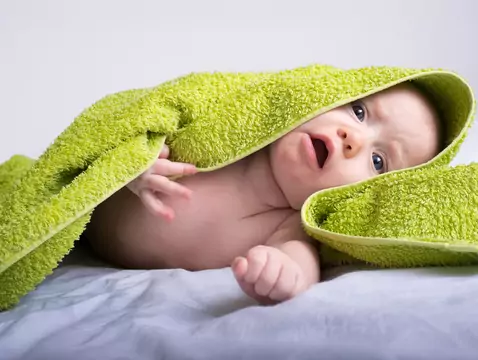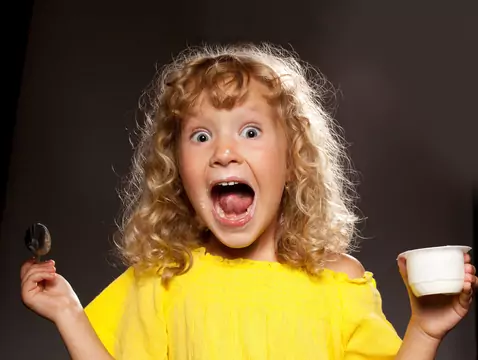Having an animal in the family teaches a great deal to all members of the household and especially to children. The impact varies, of course, at each age. This article by a psychologist describes the impact of having animals in the home on a child's development.
We know that since prehistoric times, people have lived together with animals. Initially this was dictated by their provision of food, although one species of mammal was very quickly tamed by man, even though its meat was probably not something he wanted to eat. This was, of course, the dog (Latin canis familiaris).
Its amazing sense of smell, agility, speed and also obedience were qualities very useful to the hunter. Over time, the relationship between man and dog began to grow even closer. The dog stopped serving man only for hunting and slowly began to become his friend. He moved from the lair he had to make for himself to a kennel right next to his master's house and then very often to the place where the man lives. The whole family began to participate in the dog's growing up and upbringing, including the children.
As a result of the development of civilisation, the number of pets that served as companions in human life began to expand. Cats and then other animals, often brought from distant countries, such as parrots, canaries, hamsters and turtles, became more and more common around homes.
There are families where having animals is a so-called "lifestyle" (one mother once told me: "there was always a dog and a cat in my house - first when I lived with my parents and then when I moved in with my husband and had children"). In such families, allergies related to, for example, dog or cat hair are much less common, as the child in the womb is already beginning to adapt to these conditions.
If the child has not previously had contact with the particular animal it would like to have, it would be worth taking care of this. On the one hand because of the possibility of allergies, but also so that the child can see how the animal is looked after and so that it can be established in the family what the child's responsibilities are towards the pet.
In general it can be said that having a pet in the family teaches all members of the family, especially the children, a lot. The impact varies, of course, at each age.
When in contact with a pet, regardless of age, the child experiences the following feelings:
- they learn that hurting an animal (e.g. hitting it) hurts just as much as hurting a human being,
- they learn that an animal can feel a lot, that it is happy to be with a human being, but that it can also experience suffering,
- owning an animal (especially for an older child) teaches dutifulness (e.g. walking the dog before school when one would like to sleep a while longer, changing the cat's litter, cleaning the hamster's terrarium or feeding the bird),
- by owning an animal it is often easier for the child to see the feelings of others - people too,
- teaches that a pet is not a toy but a being to be cared for at all times and for which it is sometimes necessary to make certain sacrifices (e.g. changing holiday plans so that the dog can also take part in them),
- ensures that the child does not feel lonely when the parents have to go out,
- allows the child to tell someone about his/her problems in the certainty that the animal will keep his/her promise,
- makes the child aware that the animal, just like man, is part of the world and of nature,
- if the animal has been in the child's home from a very young age, it shows the animal's development and needs at that stage of its life,
- teaches respect for old age and how to care for the illnesses experienced,
- teaches the experience of death and how to survive it,
- shows the consequences of the choice - having a dog is a decision for life.








